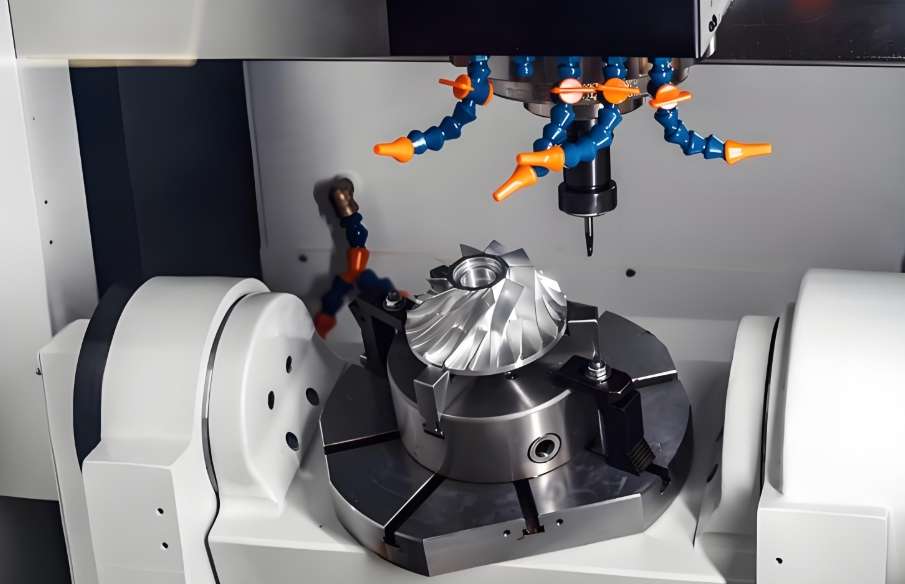
316L stainless steel is awakened within a five-axis CNC machine. The rotating alloy milling cutter, with a step size of 0.01 millimeter, glides across the metal surface. Austenitic grains are restructured along the preset trajectory, forming a continuous shielding cavity without magnetic hysteresis. This molecular-level order is the underlying logic for combating electromagnetic storms in high-voltage substations — when hundreds of amperes of current surge just ten meters away, the microampere-level signal lines inside the gateway remain undisturbed.
Material is the foundation of protection. We select aerospace-grade aluminum alloy or 316L stainless steel, which are formed through a five-axis CNC machining center. Aluminum is lightweight and has excellent heat dissipation properties, while stainless steel is highly corrosion-resistant and strong. Under the control of CNC tools, metal molecules are precisely shaped into a continuous electromagnetic shielding cavity. This monolithic structure eliminates the gaps that come with assembly, cutting off the pathways for interference signals at the physical level and creating a pure electromagnetic environment for the internal circuits of the gateway.
Sealing is the lifeline of waterproofing. Traditional welding or adhesive bonding processes are prone to failure under extreme temperature differences. We employ a CNC precision turning and milling compound process to cut a trapezoidal sealing groove with a depth of 0.8 ± 0.03 mm on the mating surfaces of the casing. When bolts are screwed in along the precision threads, they generate a uniform radial compressive force. This precise engagement between metal and elastomer maintains an IP68 level of waterproof and dustproof protection even in typhoons and heavy rains.
Heat dissipation is the key to stability. The power modules inside the gateway continuously generate heat. We CNC carve a gradient heat dissipation fin array on the back of the aluminum casing. Each fin is only 1.2 mm thick, with a spacing error of ≤0.05 mm, and the angle is optimized through fluid simulation. As the heat flows up along the fin peaks, natural airflow is transformed into high-speed vortices, increasing heat dissipation efficiency by 40% compared to ordinary casings. Meanwhile, internal thermal columns work in conjunction with chip positioning to conduct heat directly to the metal casing, preventing data drift caused by localized high temperatures.
From the metal shavings flying out of the CNC machining center to the green signal light shining on the energy gateway in the polar tundra, every dimension of precision manufacturing is injecting robust protection into energy equipment. When you hold a 3D drawing in your hand, we are already planning the material stress relief solution. When you worry about environmental corrosion, our salt spray test chamber has been running for over 600 hours. Making the metal casing the most reliable protective barrier for the gateway is the underlying power that precision manufacturing brings to energy digitalization.
Explore more industrial protective enclosure solutions: www.simituo.com